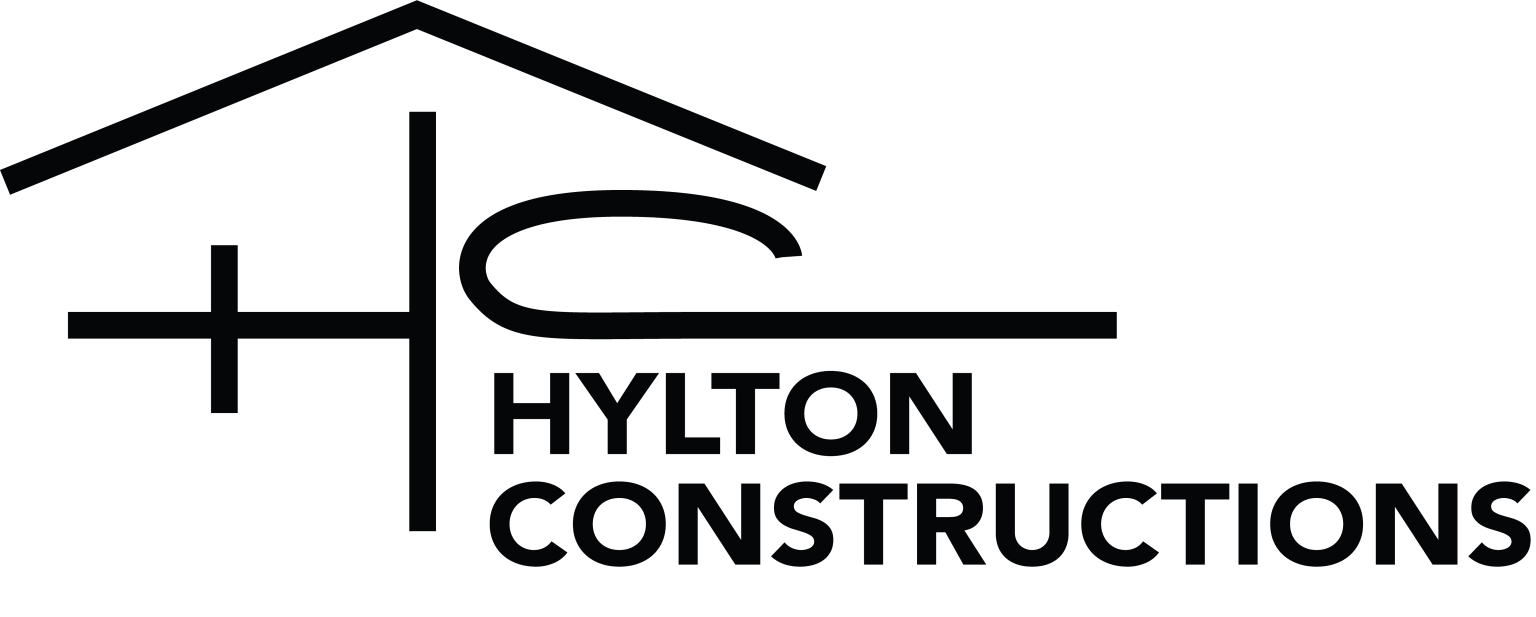Californian Bungalows have become an architectural staple across suburbs in Australia since their introduction around a century ago. Parts of Australia, such as Melbourne during our hot summers, share a similar climate to California. These environmental similarities combined with the increasing influence of Hollywood and American culture supported the change in styles and the rise in the Californian Bungalow’s popularity, and Melbourne builders were quick to adopt the style.
In this week’s blog, we’ll be taking a closer look at the journey of Californian Bungalows in Australia and some of the changes and adaptations undergone during its journey to the streets of Melbourne.
Elements Retained from American Origins
Californian Bungalows quickly captured the attention of Australians, who were impressed by the Hollywood image they saw in movies and magazines. The American lifestyle priorities that shaped the Californian Bungalow – functionality, size, and style – were equally applicable to the burgeoning Australian middle classes.
Californian Bungalow interiors were designed to be spacious and inviting, creating the ultimate family home. These established design elements were taken on with additional changes to suit our own climate, resulting in easy-to-maintain homes that included designs to better maintain cool temperatures in the summer making them perfectly attuned to the lifestyle of Australian families. While California Bungalows in Australia have slightly changed, we’ve continued to embrace the traditional designs influenced by the American lifestyle.
Californian Bungalow houses were seen as ideal for city-dwelling Australians who wanted to maintain access to the outdoors and adopt a less formal, more modern lifestyle. While in some instances the designs have been modernised and upgraded from the initial concept, the cultural relevance of the California Bungalow has persevered.
Climate Considerations when Building California Bungalows in Australia
California Bungalows were built with a Mediterranean-style climate in mind. In California, you’ll find a climate not dissimilar to our own, with warm, dry summers and mild, wet winters. The airy Californian Bungalow interior and multiple entryways allow for great air circulation, keeping the occupants cool in summer, and the brick used in most Australian Bungalows traps heat from the sun so they stay relatively warm in winter. Australian homeowners also found the design ideal for family living, allowing plenty of opportunity for interaction in spacious common areas as well as the requisite level of privacy provided by separate rooms, often buffered by the width of a hallway or another room, such as a bathroom or kitchen.
Because of this similarity in climates, Australian architects and homeowners have been able to replicate the Californian Bungalow style in Australia with few alterations. Although the fundamentals of the Bungalow remain consistent across both continents, Australians have made the Californian Bungalow their own through stylish and modern innovations in design and materials.
Different Styles in Australia
The journey the California Bungalow undertook from its birthplace in the US to Australia has resulted in several design differences; the classic details such as broad, sloping roof, spreading eaves, and deep veranda are all still present and can be seen across Australia, but small differences can be observed from state-to-state due to the differing weather conditions and materials handy.
In Melbourne, red brick was often chosen as the primary building material, as it was readily produced and easily sourced within the state. Sydney saw greater use of a local liver-coloured brick, and Adelaide Bungalows primarily used limestone. Queensland Bungalows differed from the classic design in that they were most often elevated, with a timber frame and walls and galvanised iron roofing. These changes were judged more suitable for the state of Queensland, which experiences high levels of humidity, flooding, and wild weather such as hurricanes.
Gardens and Landscaping in California Bungalows
California Bungalows were originally designed to fit into their natural surroundings, and they were usually built on bigger blocks to create more space for the natural environment. The front garden was typically connected to the backyard by a strip running down the side of the house.
These Bungalows’ exterior spaces were often built with privet hedges, inviting the idea of community gardens and softening the cut-off visual aspect created by regular fences. For those who wanted more privacy without the use of a fence, the cypress hedge was a popular alternative. It also wasn’t unusual for these buildings to feature a walkway or fence lined with roses, this style becoming especially popular with Bungalows built later in the century.
Most classic Californian Bungalow facades incorporated lots of lush lawn and a small hedging around the windows and walls to create some texture. Sometimes a feature tree was placed in the centre of the space, this focal point generally being a delicate or flowering tree.
The Californian Bungalows seen across Melbourne, while following these same landscaping characteristics have taken on a little twist. These homes are all about fitting their natural surroundings so, it wouldn’t be unusual to see more Australian native plants like Banksia, Bottle Brush, Kangaroo Paw and Grevilleas finding their way into these Californian Bungalows. The inclusion of natives in these traditional homes has become a part of a more modern and popular trend
Adaptations from American Origins
The most notable difference between the Californian Bungalows found in the US and their Australian counterparts in the early 20th century was the variation in choice of building material mentioned in the previous section. In the last few decades, however, there have been some striking adaptations, especially when those structures undergo an extension or renovation.
One such structural adaptation often employed in Californian Bungalow renovations Melbourne-wide is the addition of more common areas and spaces for entertainment. Present-day homeowners are more concerned with creating common spaces big enough for a family to share as well as allowing better connection between the different zones in their home.
Another design adaptation that’s commonly seen in these homes is a greater focus on natural light. California Bungalows in Australia undergoing rebuilds or extensions often include more window space and often feature skylights.
Next Week’s Highlight
In next week’s blog, we’ll be focusing on the distinctive features and characteristics of the Californian Bungalow. We will look in greater detail at the materials used in the traditional California Bungalow style as well as its AUS and NZ variants and will also discuss maintenance requirements. We will explain how to distinguish a California Bungalow from other designs, calling on a few examples to illustrate.

